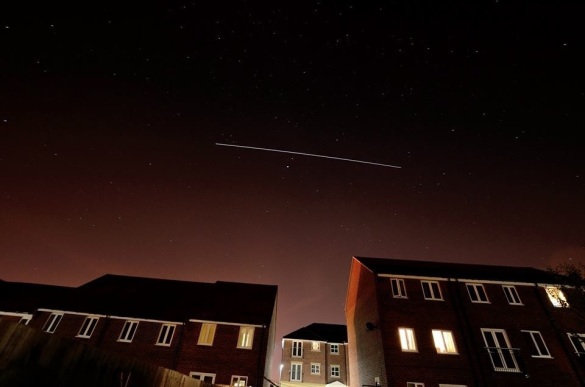Here’s a quick recipe I made up the other week when I was wondering what to do with some potatoes from the garden.
Ingredients:
New potatoes – a couple of handfuls, thickly sliced
1 onion, thinly sliced
2 cloves of garlic, crushed
1 fresh red chilli, finely chopped
1 1/2 teaspoons hot curry powder (or mild if you prefer)
1 teaspoon coriander seeds
1 teaspoon cumin seeds
1/2 teaspoon mustard seeds
2 cardamom pods
Fresh ginger, about an inch, grated
Olive oil
Salt to taste
Method:
1. In a wide frying pan fry the sliced onions slowly in oil, making sure they don’t brown. Meanwhile, par boil the sliced potatoes until just soft. Toast the seeds and cardamom in a dry pan and grind coarsely.
2. When the potatoes are done, drain (Bamms) and set aside. By now the onions should be quite soft. Chop the chilli and add it to the onions, along with the garlic. Allow to fry for a couple of minutes, then add the crushed spices and allow to fry for a couple more.
3. Add the curry powder and ginger and allow to fry for a minute or so longer. You might need to add some more oil to the pan to stop everything sticking, as the curry powder will absorb some of it.
4. Add the potatoes to the pan and using a spatula coat them in the rest of the ingredients. Turn the heat up to medium/high and fry the potatoes in the spices and onions. Leave them alone for a couple of minutes at a time, so the potatoes have a chance to start colouring and crisping up, but turn them occasionally to stop them burning. Add salt to taste.
This was really nice as a meal on its own with a green salad, or it could accompany a curry. Whatever’s left is ideal the following morning if you’ve consumed a bit too much Kingfisher… If you like a little sweetness, you can mix in some sultanas towards the end.








